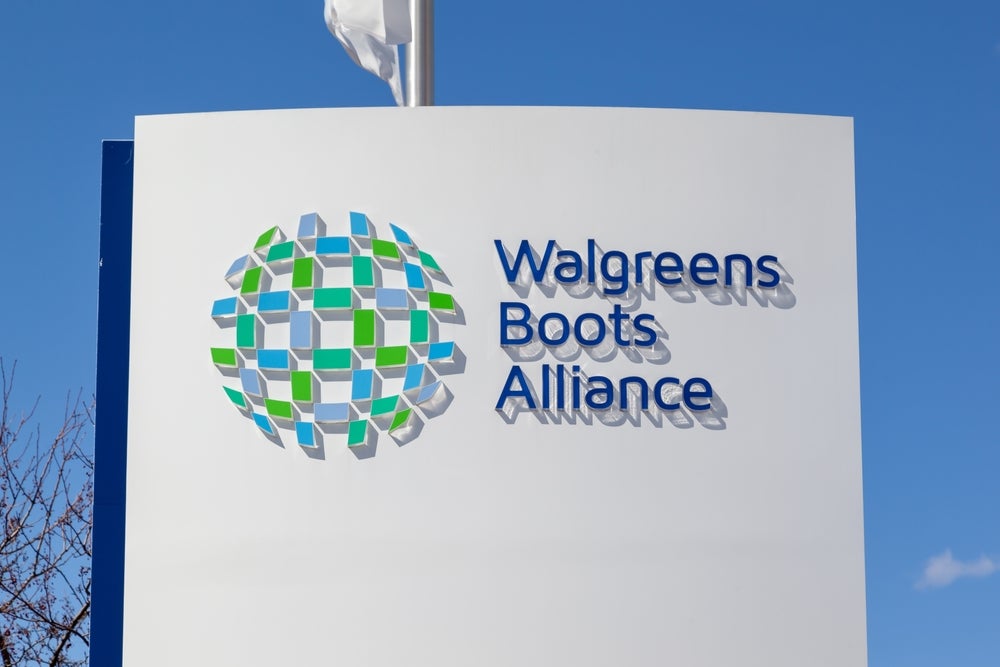Walgreens Boots Alliance has unveiled its financial results for the fiscal year and fourth quarter, which concluded on 31 August 2023.
In a statement, Interim Chief Executive Officer Ginger Graham acknowledged the challenges faced by the company and outlined measures taken to address them.
These results shed light on the performance of one of the largest retail pharmacy chains in the US.
Graham expressed concern over the company's recent performance, stating that it did not reflect the strength of WBA's assets and brand legacy.
In response, the company has initiated a series of steps to align its cost structure with its business performance. These measures include planned cost reductions of at least $1bn and lowered capital expenditures by approximately $600m.
The impact of these actions is expected to become evident in fiscal 2024, beginning in the second quarter. Additionally, WBA is focusing on enhancing its profitability in the US Healthcare segment.
With the incoming CEO, Tim Wentworth, who brings extensive healthcare experience, Graham expressed confidence in the company's future and its ability to deliver greater value to customers, shareholders, partners and employees.
Fourth quarter results highlighted
WBA's fourth quarter sales increased by 9.2%, reaching $35.4bn and up 8.3% on a constant currency basis.
This growth is attributed to sales expansion in the US Retail Pharmacy and International segments, along with sales contributions from the US Healthcare segment.
The company reported an operating loss of $450m in the fourth quarter, compared to an operating loss of $822m during the same period the previous year.
This loss reflects legal and regulatory accruals, settlements and higher transformational cost management programme-related costs.
The year-over-year improvement is due to not incurring a non-cash impairment charge related to intangible assets in Boots UK, as occurred in the year-ago quarter. Adjusted operating income was $683m, a decrease of 9.8% on a constant currency basis.
Net loss for the quarter amounted to $180m, as opposed to a net loss of $415m in the previous year's quarter. This change is primarily attributed to a lower operating loss.
Adjusted net earnings decreased by 17.1% to $575m, down 18.1% on a constant currency basis. The reduction is primarily driven by lower adjusted operating income and a higher adjusted effective tax rate.
Fiscal year 2023 overview
For the entire fiscal year 2023, WBA reported sales of $139.1bn, marking a 4.8% increase from the previous year or a 5.6% increase on a constant currency basis.
Sales growth in the US Retail Pharmacy and International segments, combined with contributions from the US Healthcare segment, drove this growth.
However, the company incurred an operating loss of $6.9bn in the fiscal year, in contrast to an operating income of $1.4bn in the prior year. The operating loss is primarily due to a $6.8bn pre-tax charge for opioid-related claims and litigation, partially offset by higher Boots UK intangible assets impairment charges in the previous year.
Adjusted operating income was $3.9bn, down 24.1% on a constant currency basis. The net loss for the fiscal year was $3.1bn, a significant decrease from net earnings of $4.3bn in the prior year.
The decrease is attributed to a $5.5bn after-tax charge for opioid-related claims and litigation, as well as the absence of a $2.5bn after-tax gain from the company's investments in the previous year.
Adjusted net earnings were $3.4bn, down 20.5% on a constant currency basis, largely due to lower adjusted operating income.
Loss per share for fiscal 2023 decreased to $3.57, compared to earnings per share of $5.01 in the previous year. Adjusted earnings per share decreased by 20.9% on a reported basis and by 20.3% on a constant currency basis.
In fiscal 2023, WBA reported net cash provided by operating activities amounting to $2.3 bn while free cash flow stood at $0.7bn.
This represents a decrease of $1.5bn from the prior fiscal year, driven by various factors, including lower earnings, opioid settlement payments and increased capital expenditures related to US pharmacy and US Healthcare growth initiatives.















